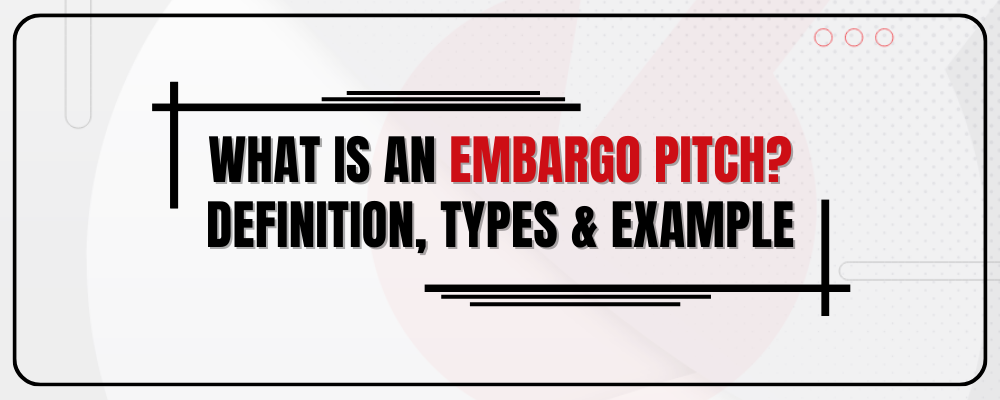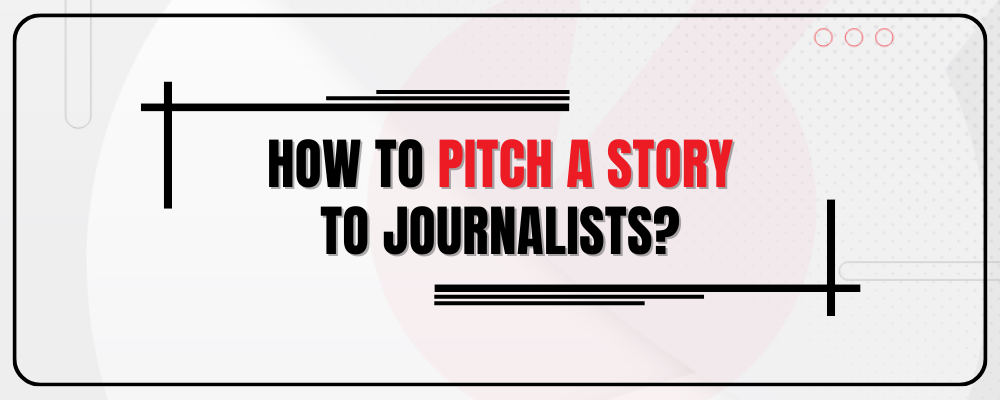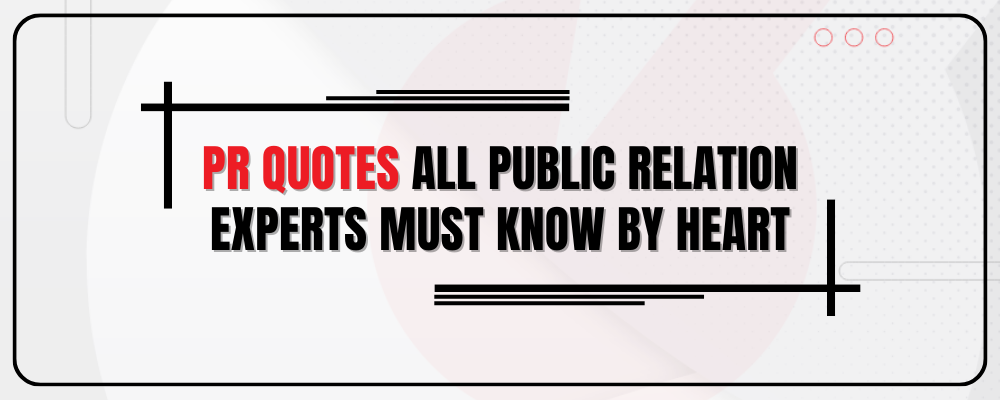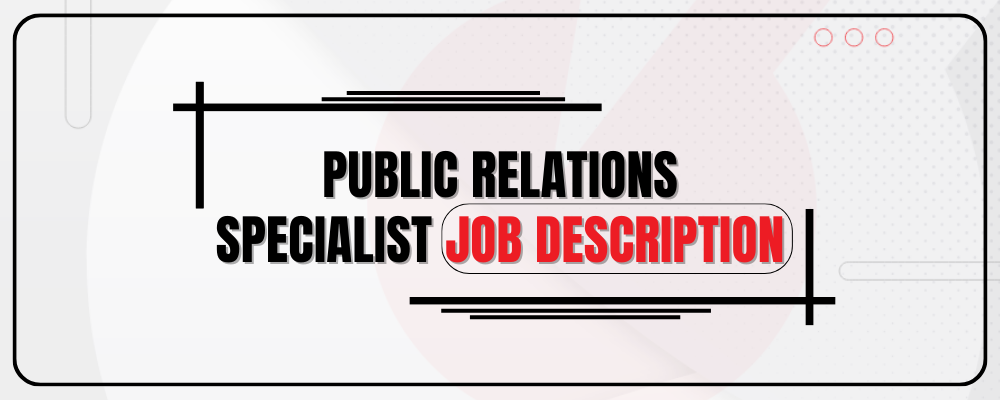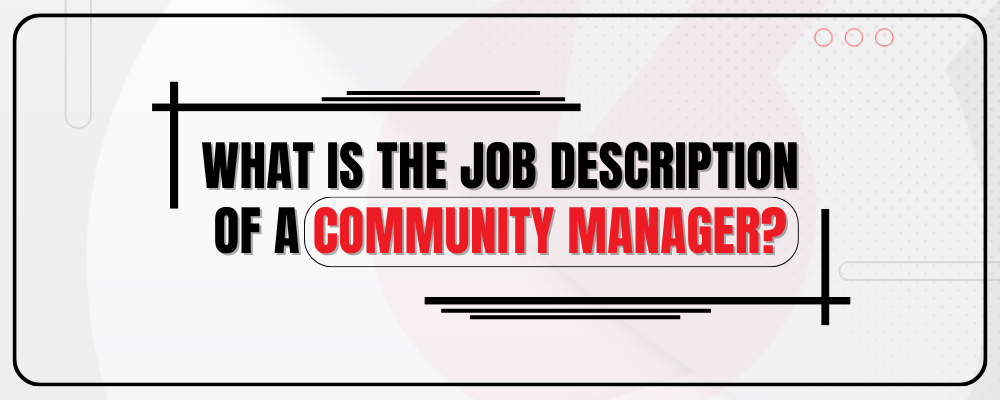In simple terms, an embargo press release is like a “time-release” for news.
The PR team shares the information with reporters before the official announcement date but asks them not to publish or share it until a specified time.
This gives journalists some time to prepare their stories in advance and ensures that the news is released simultaneously by various outlets, creating a coordinated and impactful communication strategy.
The goal is to build anticipation and maximize media coverage.
Definition of Embargo
An embargo news is an approach used by organizations, governments, or PRs to share information with the media or journalists under the condition that it cannot be published or disclosed until a specified date and time.
Importance of Embargo News Releases in Media Relations
- Builds Anticipation: By sharing your news early with a few trusted media sources, you create a sense of anticipation. People start wondering what the big announcement will be, generating buzz and interest.
- Controlled Release: Embargo pitching allows you to control when and how the information is revealed. This helps ensure that the news gets the attention it deserves, without being overshadowed by other stories.
- Media Coverage: Journalists like to be the first to break a story. By giving them exclusive access to your information under embargo, you increase the chances of getting extensive media coverage when the embargo lifts.
- Quality Coverage: Because journalists have more time to prepare, the coverage is likely to be more thorough and accurate. They can gather additional information, conduct interviews, and provide a more in-depth perspective on your news.
- Collaborative Relationship: Embargo pitching fosters a sense of trust and collaboration between you and the media. You’re essentially saying, “I trust you with this information early, and I hope you’ll give it the attention it deserves.”
Types of Embargo
1. Conditional Embargo News
Conditional Embargo could involve approaching journalists with a piece of information that is subject to certain conditions and proposing an embargo agreement.
For instance, a company might have an upcoming announcement, but they want to tie the release to specific conditions being met, such as regulatory approval or successful completion of a project.
In this scenario, the company could pitch the information to journalists, making it clear that the news will only be shared if the predetermined conditions are fulfilled.
The journalists, in turn, agree to keep the information confidential until the agreed-upon release date, which is contingent upon meeting those conditions.
This approach adds an extra layer of complexity to the embargo process, as the timing of the news depends on external factors.
It requires a level of trust between the company and the journalists, as well as clear communication about the conditions that must be satisfied for the embargo to lift.
2. Partial Embargo News
Partial Embargo involves sharing some details or aspects of information with journalists while holding back other parts until a later specified date.
This approach is often used strategically to generate initial interest, provide a sneak peek, or create exclusivity for different media outlets.
Here’s how it usually works.
A company or organization decides to announce something significant, such as a new product, service, or groundbreaking development.
Instead of keeping everything under wraps until the official announcement date, they choose to share certain key details with journalists in advance.
However, not all details are disclosed initially.
Some aspects of the information, which could include specific features, pricing details, or additional insights, are held back.
The journalists who receive the partial information agree to an embargo, promising not to publish the restricted details until the specified embargo lift date.
On the predetermined date, the company lifts the embargo, allowing journalists to publish their complete stories with all the initially withheld information.
3. Soft Embargo News
It’s a more informal approach to sharing information with journalists, where there is a general understanding that the details should not be published until a specified date and time.
Unlike a traditional embargo, a soft embargo relies more on trust and a gentleman’s agreement rather than strict, formal terms.
Here’s how Soft Embargo media typically works:
A company or organization wants to share some news or details with journalists before the official announcement.
Instead of a formal and legally binding embargo agreement, the company might have a conversation or exchange emails with journalists, expressing the desire to keep the information under wraps until a specific date.
The journalists, based on their relationship with the company or the nature of the information, agree not to publish or release the details prematurely. This is more of a handshake agreement rather than a strictly enforced contract.
The company announces the official release date, and the understanding is that journalists will respect this date and time.
Soft Embargo is often used in situations where there is a high level of trust between the company and the journalists.
It may be employed when the news is not highly sensitive, and the organization is confident that the journalists will honor the agreement.
While it provides flexibility and a more relaxed approach, it also carries the risk that some journalists may not adhere strictly to the embargo, as there is no formal legal contract in place.
Why Organizations Use News Embargoes
One of the primary reasons organizations use embargoes is to have control over the timing of their announcements.
This helps in avoiding situations where important news might get overshadowed by other events or announcements.
The other reasons are as follows:
- Builds Anticipation: It allows organizations to build anticipation and generate buzz around their upcoming announcement. By giving a sneak peek to a few trusted media outlets, they create a sense of curiosity and excitement, which can enhance the impact of the news when it’s finally revealed.
- Exclusive Coverage: Organizations often want to secure exclusive coverage from key media sources. By providing information under embargo, they incentivize journalists to cover the story early and exclusively. This exclusivity can lead to more in-depth coverage and a higher level of attention from the media.
- Prepares the Media: It gives journalists more time to prepare and gather additional information for a comprehensive and well-researched story. This is especially beneficial for complex or technical announcements where journalists may need extra time to understand and present the information accurately.
- Enhances Message Consistency: It allows organizations to ensure that the messaging is consistent across different media outlets. By briefing journalists in advance, they can provide key talking points and context, helping to shape the narrative around the announcement.
Embargo Media Release Process
A. Identifying the Right Journalists and Outlets
1. Researching Journalists and Their Beats
- Objective: Identify journalists who cover topics relevant to your announcement.
- Process
- Compile a List: Create a list of journalists who regularly report on subjects related to your news.
- Review Previous Work: Analyze their past articles to ensure they have a genuine interest in the topic.
- Check Outlets: Consider the reputation and reach of the outlets they write for.
2. Targeting Relevant Media Outlets
- Objective: Choose media outlets that align with your target audience and communication goals.
- Process
- Define Audience: Determine the audience you want to reach and select outlets that cater to that demographic.
- Consider Reach: Evaluate the reach and influence of potential outlets.
- Previous Collaborations: If applicable, consider outlets with which you have had positive interactions.
B. Crafting an Engaging Embargo
1. Compelling Subject Lines
- Objective: Grab the journalists’ attention and entice them to open your email.
- Process
- Be Concise: Keep the subject line short and to the point.
- Highlight Exclusivity: If applicable, mention the exclusive nature of the information.
- Tease the News: Provide a glimpse of the exciting news without giving away too much.
2. Personalization and Customization
- Objective: Make the pitch feel tailored to each journalist, increasing the likelihood of a positive response.
- Process
- Reference Previous Work: Mention specific articles or topics the journalist has covered recently.
- Address by Name: Use the journalist’s name in the greeting for a personalized touch.
- Tailor to Their Style: Adapt your pitch to match the journalist’s writing style and preferences.
Embargo Pitch Example / Embargo Press Release example
Subject Line: “Exclusive Preview: Groundbreaking Innovation in [Your Industry] Unveiled Soon!”
Body: Hi [Journalist’s Name],
I hope this email finds you well. I’ve been following your insightful coverage of [relevant topic] and thought you might be interested in an exclusive sneak peek into the recent R&D findings that are set to reshape [your industry].
[Provide a brief teaser without giving away too much. Highlight any exclusivity or unique aspects.]
We are offering this information under embargo until [specific date and time], giving you an exclusive opportunity to be the first to break the news. If you’re interested, I’d be happy to arrange an embargoed briefing or provide additional details.
Looking forward to the possibility of collaborating on this exciting announcement.
Best regards,
[Your Name]
[Your Title]
[Your Contact Information]
Best Time To Send Embargo Press Release
Send the email on a Tuesday or Wednesday around 10:00 AM New York time.
These days are often seen as ideal because journalists are usually catching up on news after the weekend but aren’t yet overwhelmed with end-of-week deadlines. 10:00 AM strikes a balance—it’s after the initial morning rush but early enough before potential afternoon distractions.
Dos and Don’ts of Embargo News
Do’s:
- Respect the embargo: This is crucial. Ensure that you and anyone you share the information with understands and agrees to the embargo terms.
- Provide valuable content: Make sure your pitch contains newsworthy and relevant information. Journalists are more likely to respect embargoes if the content is worthwhile.
- Clearly communicate the embargo details: Clearly state the embargo date and time in your pitch. Provide all necessary information regarding what can and cannot be disclosed before the embargo lifts.
- Build relationships: Establish a good rapport with journalists and media outlets. A positive relationship can increase the likelihood that they will honor embargoes in the future.
- Offer exclusives strategically: If appropriate, consider offering an exclusive to a trusted journalist or media outlet. This can incentivize them to respect the embargo and provide in-depth coverage.
- Be responsive: Be available to answer any questions or provide additional information leading up to the embargo. Journalists may need clarification or more details to prepare their coverage.
Don’ts:
- Break the embargo yourself: Never disclose embargoed information before the agreed-upon date and time. Doing so can damage your credibility and harm future relationships with journalists.
- Assume understanding: Don’t assume that everyone understands embargo terms. Clearly articulate the restrictions and consequences for breaking the embargo.
- Pressure journalists: Avoid applying excessive pressure on journalists to cover your story or break the embargo. Respect their editorial decisions and timelines.
- Send embargoed information to irrelevant contacts: Ensure that you are sending embargoed information only to individuals who are directly involved in covering your industry or topic. Misdirecting information can lead to leaks.
- Forget follow-up communication: Stay engaged with journalists leading up to the embargo date. Be available for questions and additional information. Ignoring journalists or being unresponsive may increase the likelihood of embargo breaches.
- Assume confidentiality: While embargoes are standard practice, there is always a risk of information leaking. Be mindful of what information you share, even under embargo, and avoid disclosing sensitive details that could be detrimental if they were to become public prematurely.
Best Practices for Successful Embargo Release
1. Clear and Concise
Clear and concise communication is essential when pitching embargoed information to journalists.
This involves articulating the embargo terms, such as the date and time when the information can be publicly disclosed.
2. Offering Exclusivity
A strategic approach to embargoed pitches involves offering exclusive opportunities to trusted journalists or media outlets. This exclusivity provides an incentive for a specific outlet to prioritize your story which can lead to more in-depth coverage and increased visibility.
It kind of creating a sense of importance around your story, making it more likely for the chosen outlet to honor the embargo and deliver a comprehensive and unique perspective.
3. Providing Supporting Materials
In addition to the embargoed information, providing journalists with relevant supporting materials enhances the overall pitch.
This may include background documents, high-quality visuals, or additional context that enriches the story. Offering a comprehensive package makes it easier for journalists to craft interesting narratives around the embargoed content.

